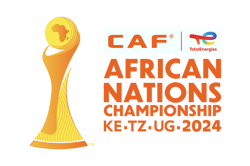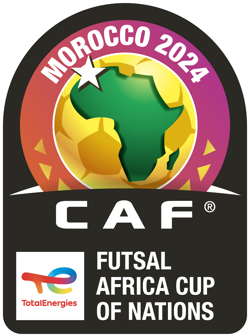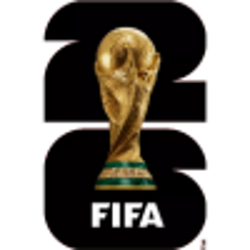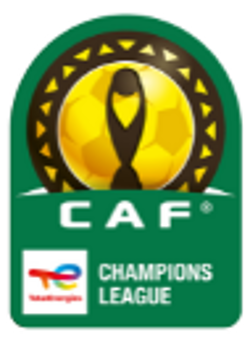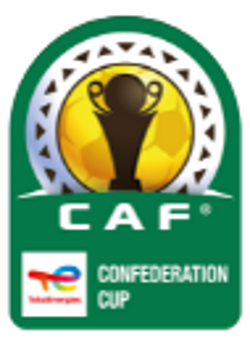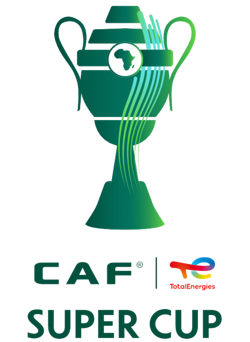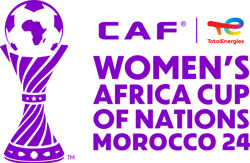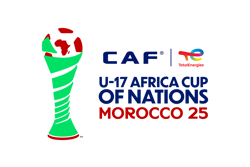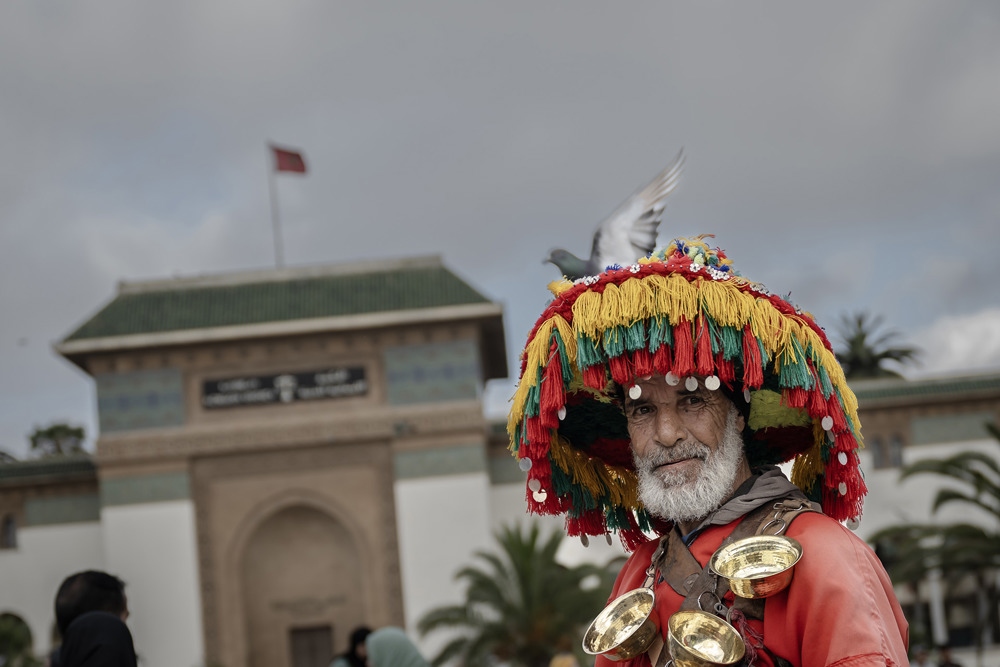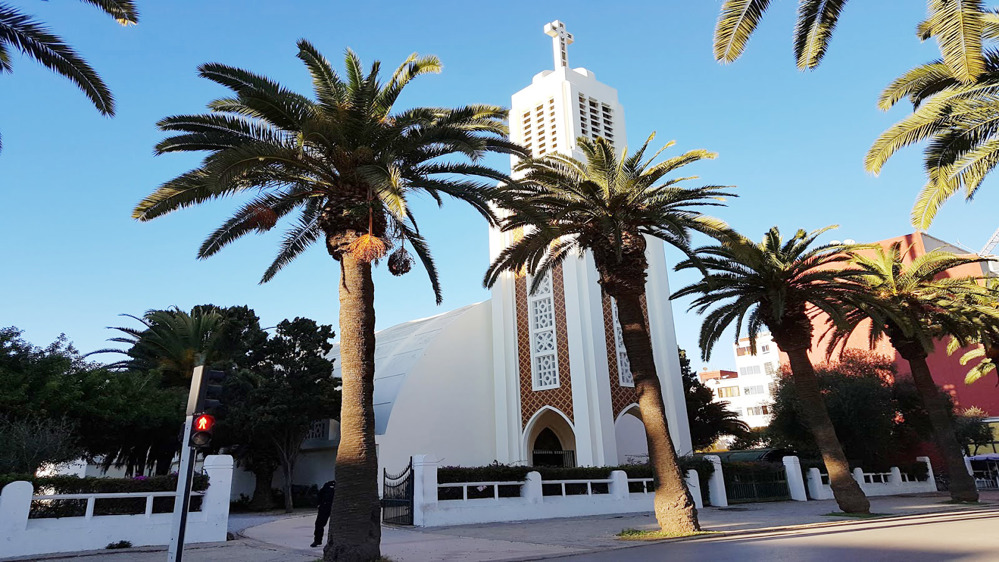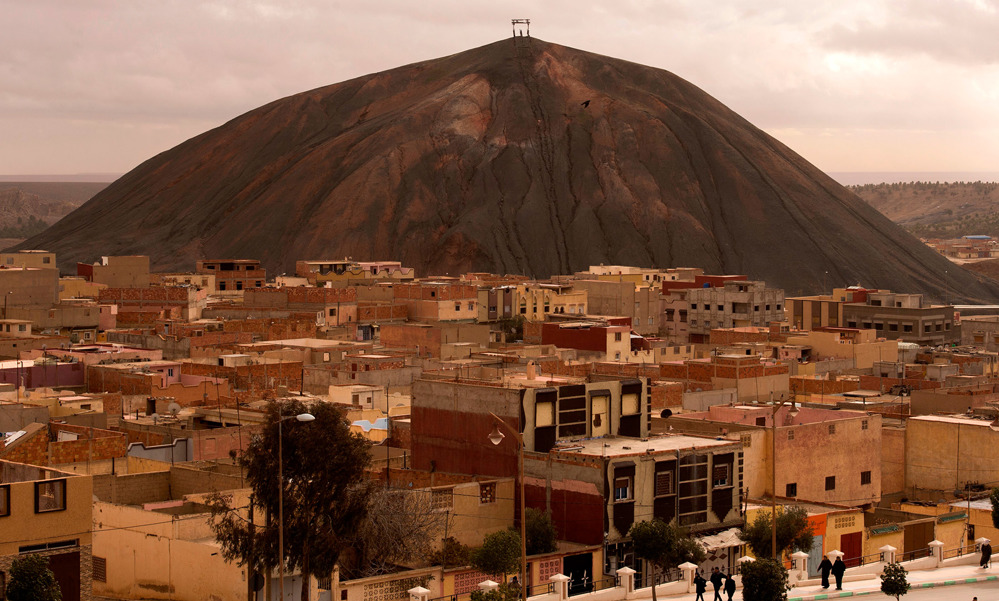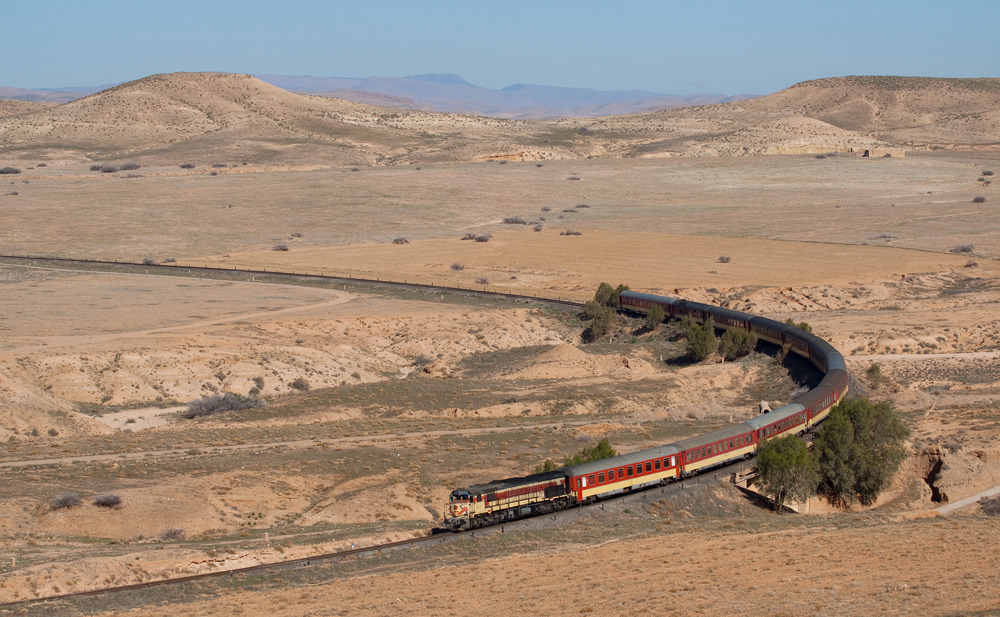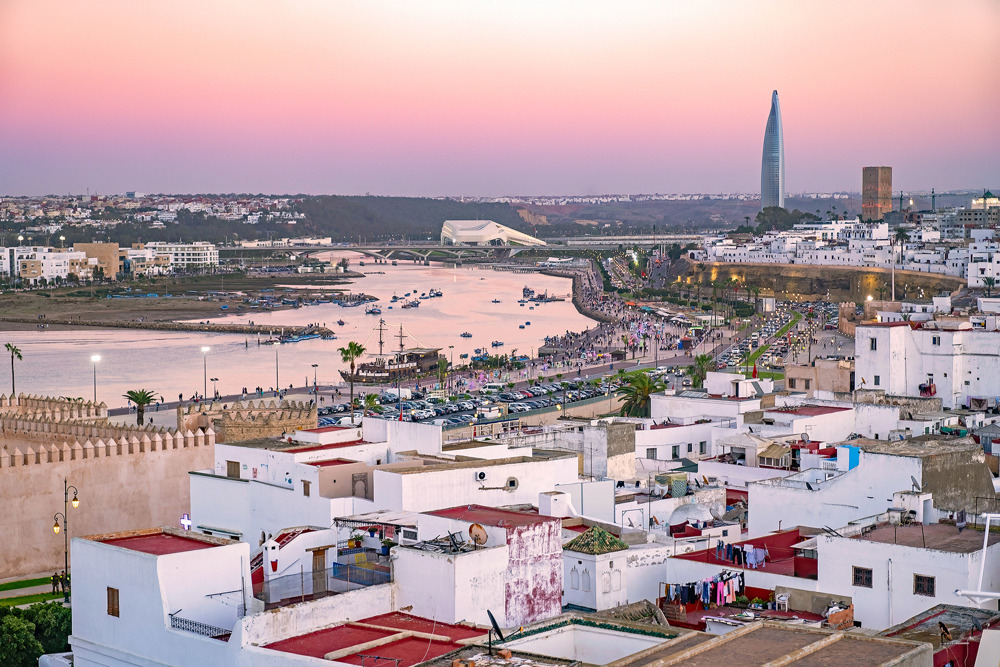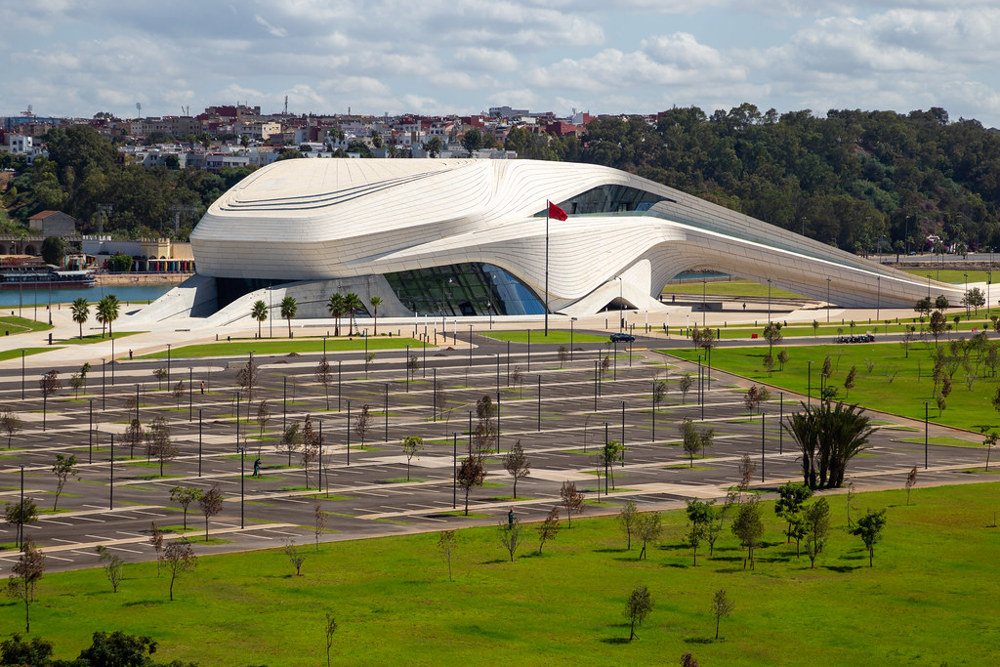Berkane is a city located in the Oriental region, in the north-east of Morocco, not far from the Algerian border. Known as the "Garden of the Orient" for its agricultural wealth, especially in citrus production, it is a dynamic city that combines agriculture, sport and cultural traditions.
History of Berkane
Berkane has a history linked to agriculture and rural development. The region has always been fertile, which has encouraged the establishment of farming communities. Over time, the city has modernized while maintaining its traditions.
The recent rise of the RS Berkane football club has also given a new lease of life to the city, giving it international visibility.
Economic role
Berkane plays a major role in the agricultural economy of the region and the country thanks to:
- Agriculture, in particular the cultivation of oranges, mandarins, and other citrus fruits, which make Berkane a recognized production center in Morocco.
- The agri-food industry, which promotes local products.
- Regional trade, with active exchanges thanks to its proximity to the Algerian border.
- Recent urban development , with modern infrastructure and development projects aimed at revitalizing the city.
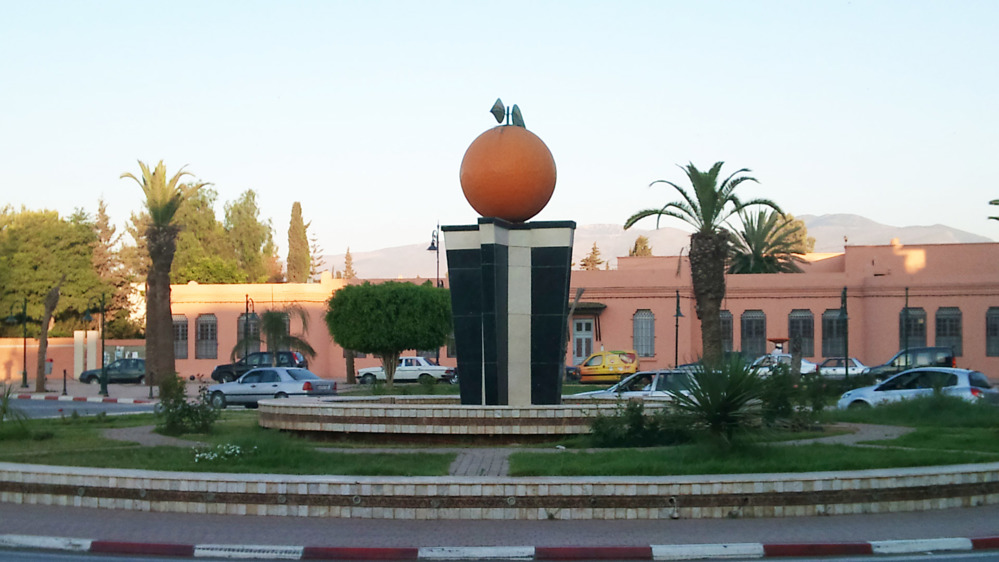
Monuments and remarkable sites
Although Berkane is best known for its agriculture, it also has some interesting sites:
- The medina of Berkane : a traditional neighborhood with markets and rich local crafts.
- The main square : a place of gathering and urban animation.
- The municipal park : green space for the inhabitants.
- The natural surroundings, especially the fertile plains and the areas near the Mediterranean coast, offer a pleasant natural setting.
The region around Berkane is also famous for its agricultural landscapes and citrus orchards.
Clubs de football de Berkane
Berkane is best known in the Moroccan football landscape thanks to its flagship club:
- RS Berkane (Renaissance Sportive de Berkane): founded in 1938, this club has become a major player in Moroccan and African football in recent years. RS Berkane has won several domestic titles, but has distinguished itself in Africa with the conquest of the TotalEnergies CAF Confederation Cup on three occasions.

